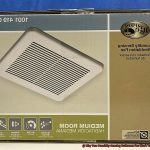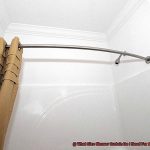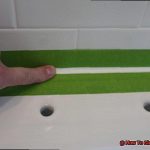Do you dread sitting on your toilet because of the loud and annoying noises it makes?
Are you tired of being startled by whistling, hissing or gurgling sounds every time you use it? A noisy toilet can be a major distraction and disrupt your peace of mind.
But fear not, fixing a toilet that makes noise when you sit on it is simpler than you might imagine. In this post, we’ll guide you through some easy steps to silence your noisy toilet and bring back the tranquility to your bathroom.
We’ll delve into various reasons why your toilet might be making noise and how to diagnose the root cause of the problem. Additionally, we’ll explore different solutions to fix the issue, from adjusting the flush valve to replacing the fill valve.
Don’t let a noisy toilet rob you of the comfort and relaxation that should come with using your bathroom. Follow our tips and tricks to restore serenity and quietness to your throne.
So, let’s get started.
Contents
What Causes Toilet Noises?
Toilet noises can be frustrating, but luckily there are several reasons why this may be happening and several solutions to fix it. One of the most common causes of toilet noises is a faulty valve.
The valve controls the water flow into the tank and helps maintain the correct water level. It’s like a conductor who keeps the water symphony in harmony.
But if the conductor is not working correctly, it can cause a range of noises such as hissing, whistling, or gurgling in your toilet. Another culprit of toilet noises is a loose or damaged flapper.
The flapper is responsible for regulating the flow of water from the tank into the bowl. It’s like a bouncer who decides when water can enter or exit.
If the flapper is not seated correctly or has become damaged, it can cause a range of noises such as running water or a toilet that won’t flush properly. In some cases, mineral deposits build-up around the flapper causing it not to seal correctly.
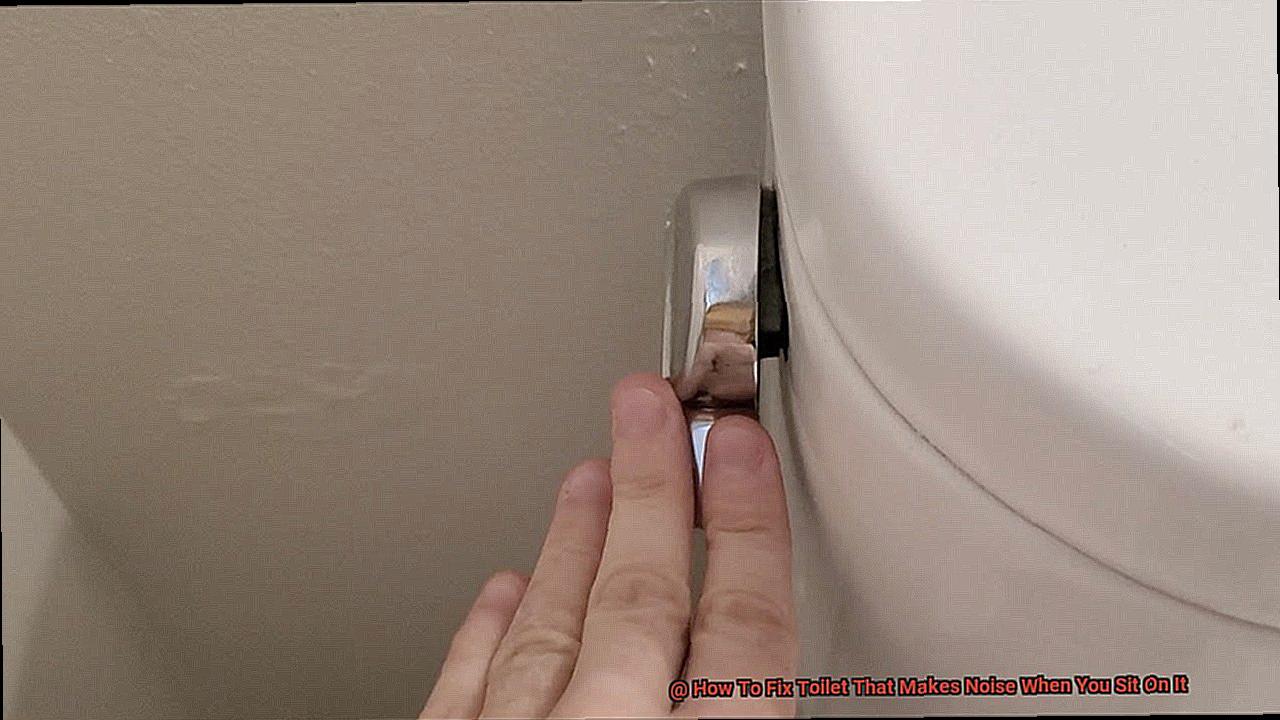
This leads to water leaking into the bowl and causing unwanted noise – like a dripping faucet that never stops. But wait, there’s more.
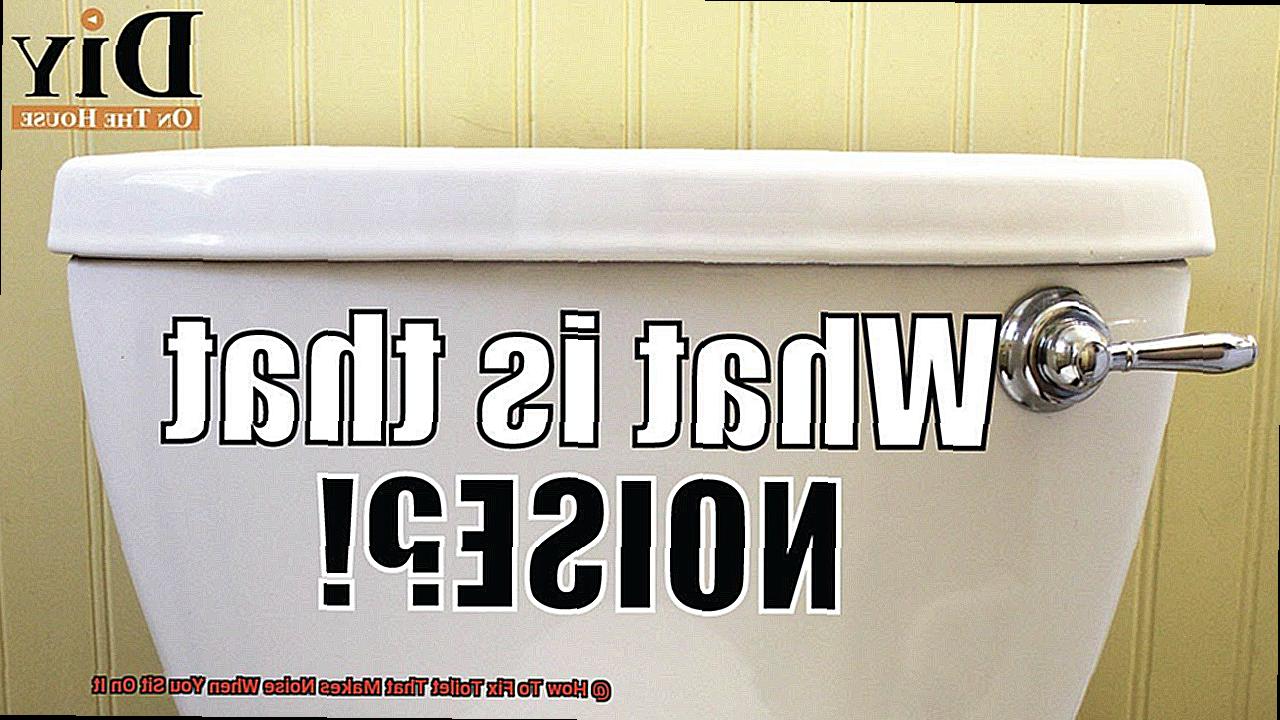
A faulty fill valve can also cause a range of noises such as humming or whistling during filling. It’s like a singer hitting a high note that just won’t quit.
To fix this issue, you can either replace the fill valve or try cleaning it with a calcium and lime remover. Clogged pipes or drains can create gurgling sounds while air in the pipes can cause a hammering sound when you turn off the faucet – like a percussion section gone wild.
The air in your pipes creates similar noises when it’s trapped inside. In conclusion, don’t let toilet noises drive you crazy.
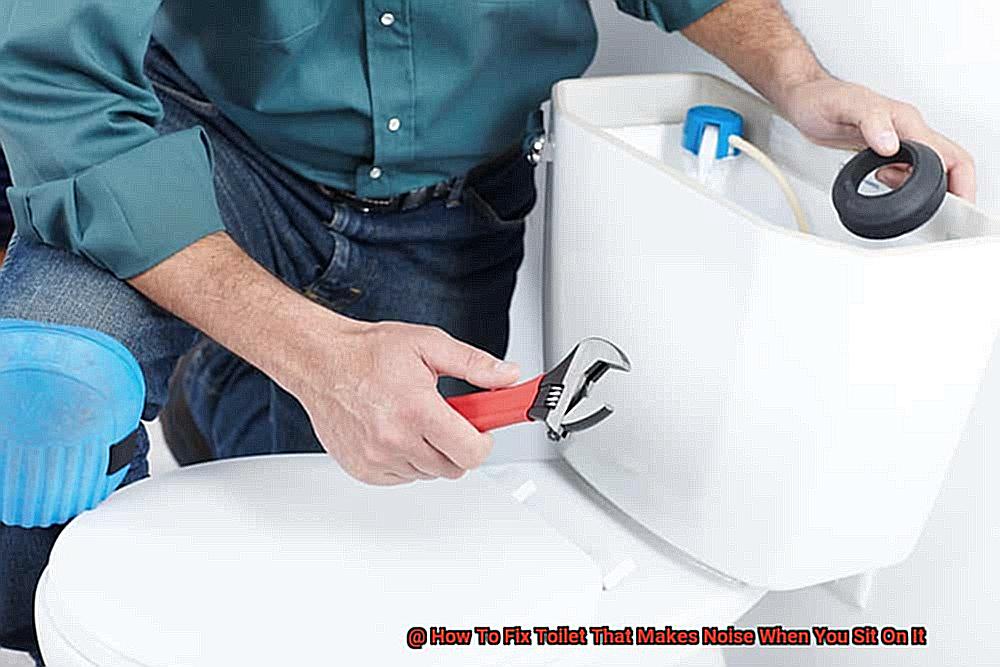
By checking the water level, replacing faulty valves or parts, and consulting with a professional plumber if necessary, you can have a quiet and peaceful bathroom experience once again. Remember, fixing the root cause of the problem is crucial to ensure that you fix them effectively.
Adjusting the Water Level
If you’re tired of hearing a noisy flush every time you use the toilet, we’ve got you covered.
In this section, we’ll teach you how to adjust the water level in your toilet tank and fix those pesky noises. Think of your toilet as a musical instrument – each component has a specific part to play, and if one note is off, it can throw off the entire melody.
In this case, an incorrect water level can be the culprit behind the noise. To adjust the water level, first locate the water level adjustment screw or rod.
Don’t worry – it’s usually located on top of the fill valve or on the side of the float. Once you’ve found it, turning the adjustment screw clockwise will lower the water level, while turning it counterclockwise will raise it.
However, be cautious not to lower the water level too much, as this can cause flushing issues. On the other hand, exceeding the manufacturer’s recommended water level can also lead to problems.
It’s important to experiment with different levels until you find the sweet spot that reduces or eliminates noise. Just imagine conducting your own toilet symphony and hearing a harmonious flush after adjusting the water level.
But if noise persists, there may be other components that need checking like flappers, fill valves or flush valves. Nevertheless, adjusting your water level is an easy and effective solution that often solves a noisy toilet problem.
Replacing the Fill Valve
Welcome back to our handy guide on fixing your noisy toilet.
If you’ve made it this far, you’re ready for the next step – replacing the fill valve. The fill valve is like the backbone of your toilet, responsible for keeping everything in perfect rhythm.
But if it’s not working correctly, it can cause an unpleasant symphony of sounds. To replace the fill valve, start by turning off the water supply to your toilet and flushing it to empty the tank.
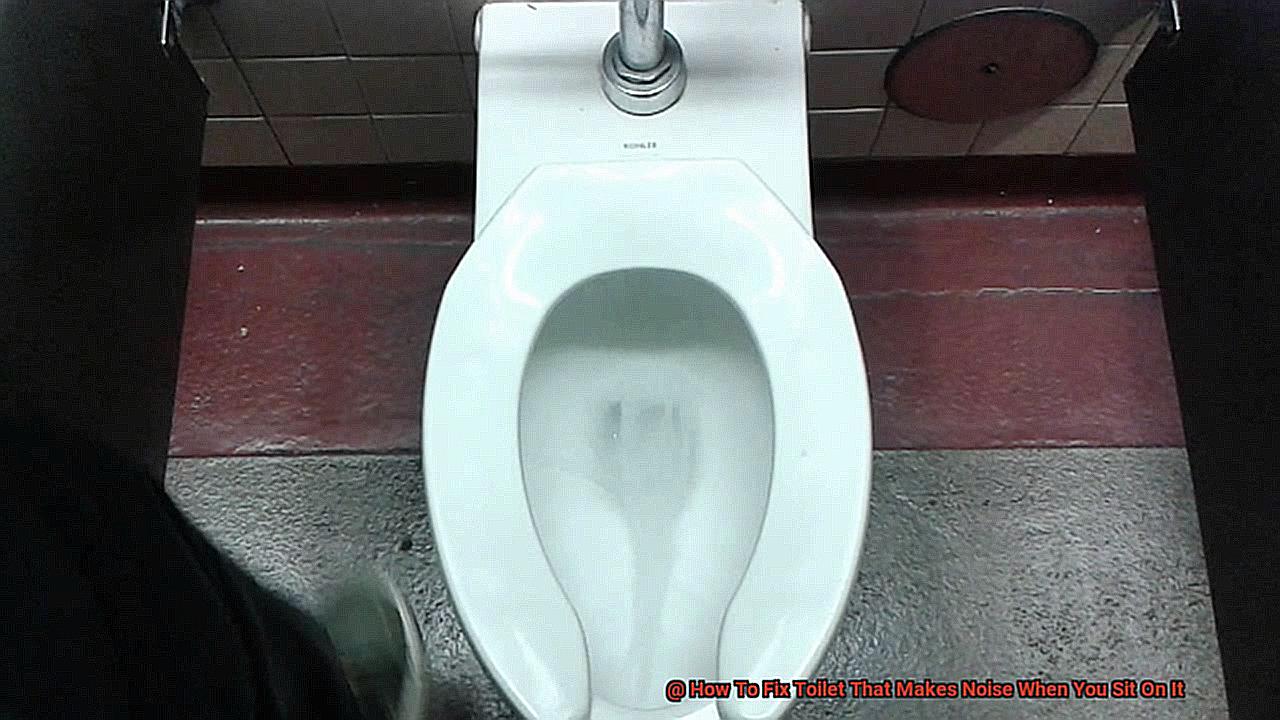
It’s like hitting the pause button on your toilet orchestra. Once the tank is drained, disconnect the water supply line and remove the old fill valve from the tank.
Now comes the exciting part – installing the new fill valve. Be sure to choose one that is compatible with your toilet model and follow the manufacturer’s instructions carefully.
It’s like learning a new song – you want to make sure you’re playing all the right notes. Once you’ve installed the new fill valve, reattach the water supply line and turn on the water supply.
Give your toilet a test run and listen for any improvements in sound. With a little luck, your toilet symphony will be playing sweet music once again.
It’s important to note that there are different types of fill valves available on the market. You want to make sure you choose one that fits your toilet model perfectly.
To make things easier, consider purchasing a complete toilet repair kit that includes all necessary components for a full toilet overhaul. Replacing the fill valve may seem intimidating at first but with patience and attention to detail, it’s a relatively simple process.
Plus, once you’re done, you’ll have a quieter and more efficient toilet. Imagine your toilet as a finely-tuned instrument playing beautiful music every time you use it.
Replacing the Flapper Valve
The culprit could be a worn or damaged flapper valve.
But don’t worry, replacing the flapper valve is an easy fix that can bring sweet harmony back to your bathroom. Picture the flapper valve as the conductor of your toilet orchestra.
It sits at the bottom of the tank and lifts up when you flush, allowing water to flow into the bowl. Over time, this rubber piece can become worn or damaged, causing it to not seal properly and letting water constantly leak into the bowl, resulting in a noisy toilet performance.
To replace the flapper valve, first turn off the water supply to the toilet. You can do this by turning the valve located on the wall behind the toilet.
Next, flush the toilet to drain as much water from the tank as possible. It’s like giving your orchestra a break before their next big performance.
Now, remove the old flapper valve by unhooking it from the chain attached to the flush lever and lifting it off its hinges. It’s time to say goodbye to that old member of your orchestra and welcome in someone new.
Before installing a new flapper valve, take note of the size and shape of your old one and purchase a replacement that matches those specifications. Just like finding a new member for your orchestra with just the right sound, finding the perfect flapper valve is key to bringing back harmony.
Once you have your new flapper valve in hand, install it by attaching it to its hinges and reattaching the chain to the flush lever. Finally, turn on the water supply and test flush your toilet to make sure everything is working correctly.
It’s time for your orchestra to hit all the right notes again. Replacing a flapper valve is a relatively easy fix that can bring peace and quiet back to your bathroom.
Potential Pipe or Water Pressure Issues
These sounds could be a result of potential pipe or water pressure issues, but fear not – we’ve got some solutions.
A Blocked or Clogged Pipe
One of the most common causes of noisy toilets is a blocked or clogged pipe. Think of your pipes as the plumbing system’s arteries and veins, carrying water to and from your toilet.
When they become congested with debris like hair, grease or other materials, it can cause a gurgling or bubbling sound when you flush or use the toilet. It’s like trying to breathe through a stuffy nose – not pleasant at all.
Low Water Pressure
Another possible culprit is low water pressure. Water pressure is the heart of your plumbing system, and if it’s too low, it can lead to a whistling or hissing sound when you flush or use the toilet.
This could be due to a partially closed shut-off valve or an issue with the municipal water supply. So how do you fix these potential pipe or water pressure issues?
Well, it’s not always a DIY job – you may need to call in a plumber to inspect and diagnose the problem. They have specialized tools and equipment to clear blockages from the pipes or adjust the water pressure to ensure that it’s flowing correctly.
However, there are some simple solutions that can also resolve noise issues in your toilet. For example, replacing a worn-out flapper valve or tightening loose connections can often do the trick.
It’s important to address these problems as soon as possible to prevent further damage to your plumbing system and ensure that your toilet is functioning properly.
XZNCaUvJMsI” >
Conclusion
In conclusion, a noisy toilet can be quite bothersome and disrupt your bathroom experience.
But don’t worry, fixing it is easier than you might think. By following the tips and tricks outlined in this article, you can restore peace and quiet to your bathroom.
First things first, it’s crucial to diagnose the root cause of the problem. Noises can stem from faulty valves, loose or damaged flappers, mineral deposits buildup around the flapper, or a faulty fill valve.
Once you’ve identified the issue, there are several solutions available. One easy and effective solution is adjusting the water level.
Alternatively, replacing faulty valves or parts is another option. Just make sure to choose components that fit your toilet model perfectly.
For instance, replacing the fill valve may seem daunting at first but with patience and attention to detail; it’s a relatively simple process that can bring efficiency back to your toilet. Similarly, replacing a worn-out flapper valve is an easy fix that can bring sweet harmony back to your bathroom.
Lastly, potential pipe or water pressure issues could also cause noises in your toilet. While calling in a professional plumber may be necessary in some cases, simple solutions like tightening loose connections or replacing worn-out parts can often do the trick.




